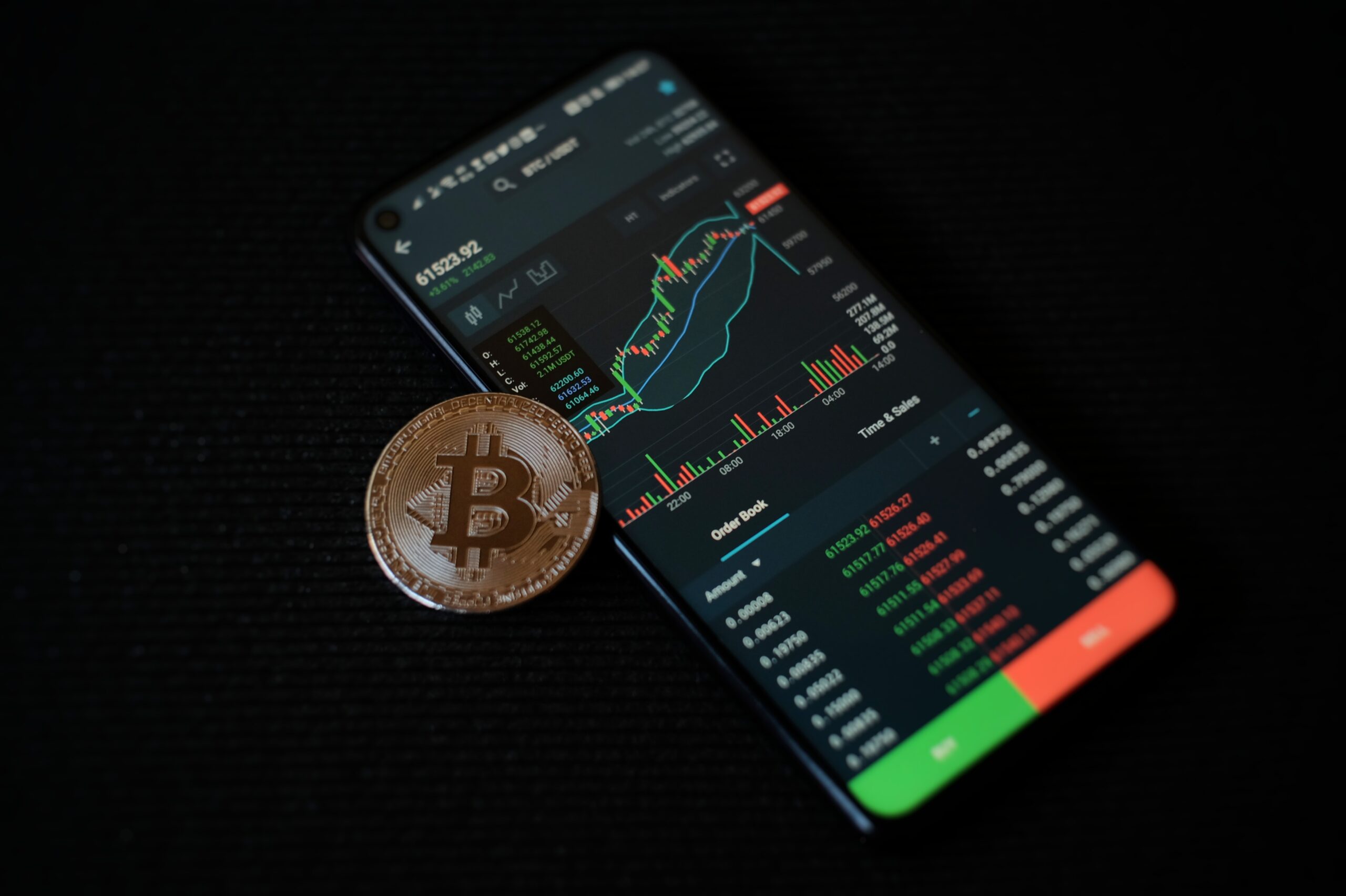
Today I’m going to go over the concept of stablecoins, and why they play such a dominant role in the market today. In recent years, stablecoins have ended up with a larger trading volume than any other type of asset cryptocurrency ecosystem, with this trend looking like it will continue for the foreseeable future.
Some worry these coins might be stealing some of the market shares away from Bitcoin and other cryptos – but this isn’t necessarily the case.
So, what are stablecoins, and why are they so important? Let’s take a look in more detail.
The volatility of Cryptocurrencies has been one of the biggest difficulties in this market since it began. In the earlier years of Crypto, there were very few assets on exchanges users could use to escape this volatility.
On top of that, it’s also historically been difficult for Cryptocurrency exchanges and platforms to include fiat currency directly, because of regulations and platform compatibility.
To address these two problems, the Stablecoin was created.
Stablecoins are cryptocurrency tokens designed to work within the Cryptocurrency ecosystem, but retain a stable value – often pegged in value to a fiat currency, such as the US dollar.
Since they exist as tokens on a blockchain, they can generally be sent faster between users than fiat currency, as well as do “cryptocurrency things” such as interact with smart contracts.
Stablecoins maintain their peg to real-world currencies in different ways, but the most common way is using a trusted company to keep real dollar deposits in a bank account, which back the tokens.
For example, Coinbase and Circle hold one US dollar in reserve for each USD Coin (USDC) that they circulate. This way, USDC holders know that their tokens will maintain their value since each of them is backed by (and redeemable for) a real-world dollar.
Since the USDC token exists on the Ethereum blockchain, it can also be used in many similar ways to most other Ethereum-based tokens. This includes being sent to any Ethereum address within a matter of seconds, as well as interacting with smart contract systems like lending platforms.
The most common use-case for stablecoins is simply providing traders with a reliable store of value, without having to use actual fiat currency. If a Bitcoin holder thinks the price of Bitcoin is going to fall (or simply that it’s becoming too volatile), they can easily sell their Bitcoin into a stablecoin until they are ready to take a new position. Since plenty of exchanges don’t offer fiat currency support, Stablecoins fill this gap.
When Cryptocurrency prices become volatile, some inefficiencies can also pop up in the market. For example, the price of Bitcoin can end up slightly lower on one exchange than in another.
Stablecoins, which can be transferred rapidly between exchanges, can be used to take advantage of these differences in the price – this is called arbitrage. By selling Bitcoin for the higher price on one exchange and sending stablecoins to the other exchange to buy Bitcoin for cheaper, a trader can make a profit.
Arbitrage opportunities are much harder to take advantage of using fiat currency, due to much slower deposit and withdrawal times.
A popular concept that’s popped up lately in Crypto is borrowing and lending markets, which are facilitated by platforms like BlockFi.
BlockFi offers Crypto “savings accounts”, which pay interest on user account balances when they deposit crypto – especially stablecoins such as Tether (USDT). Currently, you can “lend” your USDT to BlockFi for a rate of 9.3% per year, which is a remarkable interest rate in today’s financial climate.
This has led to people buying straight into Stablecoins from fiat currency, purely to take advantage of these returns.
There are also blockchain-based versions of this type of lending market – a very new concept called decentralized finance (DeFi). DeFi platforms automate things like lending services using smart-contracts, by replacing the middleman role with computer code.
Most DeFi platforms are built around the use of Stablecoins, giving them even more demand.
Finally, Stablecoins are used for the simplest use-case of all: simple payments and remittances.
Existing as tokens on a blockchain, Stablecoins present a faster and cheaper way to send international remittances compared to expensive services like Western Union and Moneygram, which charge ridiculous fees (an average of about 9%!) and take days or weeks to clear.
As more liquidity enters the Stablecoin market for each of the use cases above, people worry that it might be luring money away from “real” cryptocurrencies like Bitcoin, Ethereum, and the rest.
However, I believe this isn’t necessarily the case. Since this money is being drawn into the Cryptocurrency ecosystem in general, the barriers to converting to the “real” Cryptocurrencies become basically seamless. Platforms like Uniswap, Shapeshift and others, make the conversion from stablecoins into “true” cryptocurrencies a breeze, with only a few taps required.
Even though Stablecoins may seem like it’s not going into the rest of the market at first glance, it’s really taking a half-step there – and you can bet it will end up in Bitcoin and other Cryptos soon enough.

The Ethereum ETF launch was one of the most anticipated events of the last few months. Along with many other…

Volatility is one of the defining characteristics of this crypto game, but it puts so many people off entering. They…

Dollar Cost Averaging (DCA) is an investment strategy that mitigates the volatility Crypto is known for. When you DCA, you…
Register for the FREE 90 minute
Crypto Training